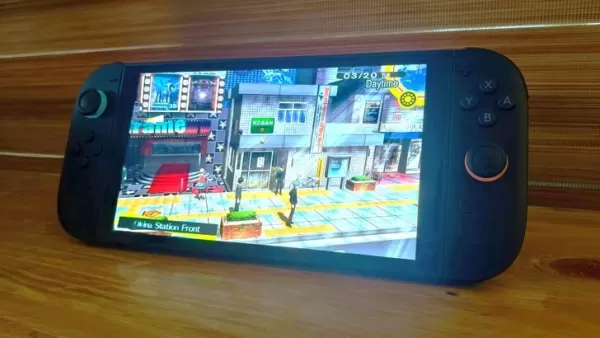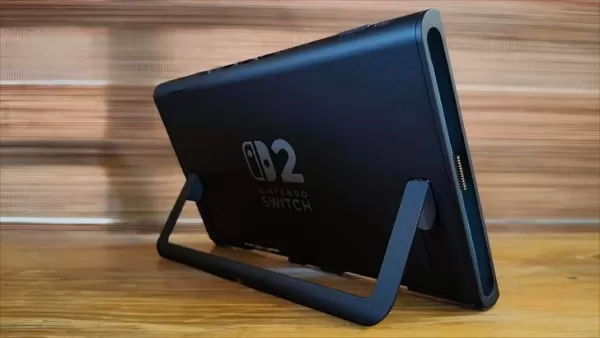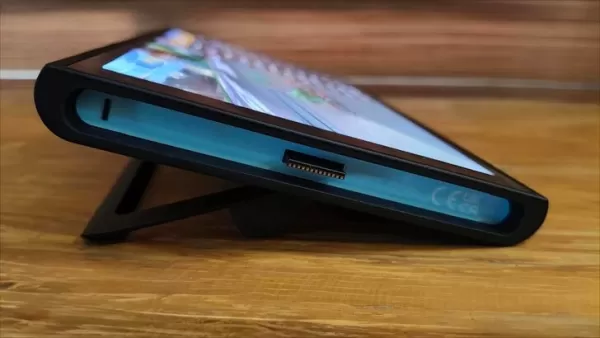
The Nintendo Switch 2 has officially launched—so, is it a worthy upgrade over the original model? What are the key differences between the two versions? How do existing Switch games perform on this new hardware? Read on to find answers to these questions and more.
Nintendo Switch 2 Review
The Second Coming of the Nintendo Switch

Two weeks have passed since the release of the Nintendo Switch 2. As the successor to a console that redefined an entire generation of gaming, expectations were high. The original Switch was not only a global phenomenon but also a pioneer in hybrid gaming—offering seamless transitions between handheld and home console modes. Its impact was so significant that other companies quickly followed suit with similar concepts.
Given its legacy, the pressure was on for the Switch 2 to deliver meaningful improvements without straying too far from what made the original so beloved. Rumors about the new model ran rampant almost immediately after the first Switch launched. Some speculated it would feature a second screen like the Nintendo DS, while others imagined the dock itself acting as a detachable console.
In reality, the Switch 2 stays true to its roots while offering several notable upgrades. Have they improved the ergonomics of the Joy-Con controllers? Did they finally address some of the original’s shortcomings? And perhaps most importantly, do existing Switch titles run better on the new hardware?
We’ve spent over a week testing the Switch 2 extensively—playing in handheld mode on the go, docked at home, and even in awkward positions like on a couch cushion or during a commute. We've dropped it (gently), charged it repeatedly, and evaluated every aspect of the experience to determine how much better it truly is than the original.
Switch 2 Design and Feel

⚫︎ Note: The Switch (bottom right) is using third-party Joy-Cons.
At first glance, the Switch 2 looks very familiar—it retains the same iconic silhouette and button layout that defined its predecessor. However, once you hold it, it becomes clear that this is a different beast altogether. The matte finish feels smoother and more premium, and the overall build feels sturdier in hand.
When compared to previous Nintendo devices like the New 3DS XL—which weighed just 336 grams (about 0.74 lbs)—the Switch 2 feels significantly heavier at 534 grams (about 1.18 lbs) with the Joy-Con 2 controllers attached. Even when stacked against the Wii U GamePad (491 grams / 1.08 lbs), which was often criticized for being bulky, the Switch 2 manages to feel more compact despite housing more powerful internal components.
Compared to the original Switch (398 grams / 0.88 lbs), the Switch 2 is noticeably larger—nearly half an inch taller and over an inch wider. While it’s heavier and more substantial than before, it still remains lighter than alternatives such as the Steam Deck, making it a balanced option for portable play.

Despite initial concerns about its size, the Switch 2 is actually quite comfortable to hold. The refined matte surface gives it a more premium feel, replacing the slippery plastic of the original. The added weight contributes to a more grounded and stable experience, eliminating the flimsy sensation of the first-generation model.
One major improvement is the redesigned kickstand. Gone is the fragile single-hinge leg of the original; it's replaced with a broader, U-shaped stand that offers much better stability during tabletop gameplay. Additionally, the port layout has been upgraded with dual USB-C ports—one on top and one on the bottom—for greater flexibility when using the stand.
The new dock also brings useful enhancements, including built-in Ethernet support and improved thermal management. These changes make the Switch 2 a stronger candidate for long-term home console use.

While the original Switch wasn’t exactly pocket-friendly, the Switch 2 is even bulkier. Removing the Joy-Cons doesn't help much either—it remains too large for small bags or tight spaces. Adding a protective case only increases its footprint.
That said, the unit is surprisingly durable. A popular durability test by JerryRigsEverything showed the screen surviving dozens of hard scratches before showing any real damage. Still, given the $450 price tag, it’s wise to invest in a quality case rather than risk accidental damage.
Also worth noting: Nintendo includes a thin protective film already applied to the screen. However, it’s prone to scratches and isn’t removable. To preserve the display, we recommend applying a tempered glass screen protector as soon as possible. After all, you’re investing in a versatile hybrid console—better to keep it safe while on the move.















